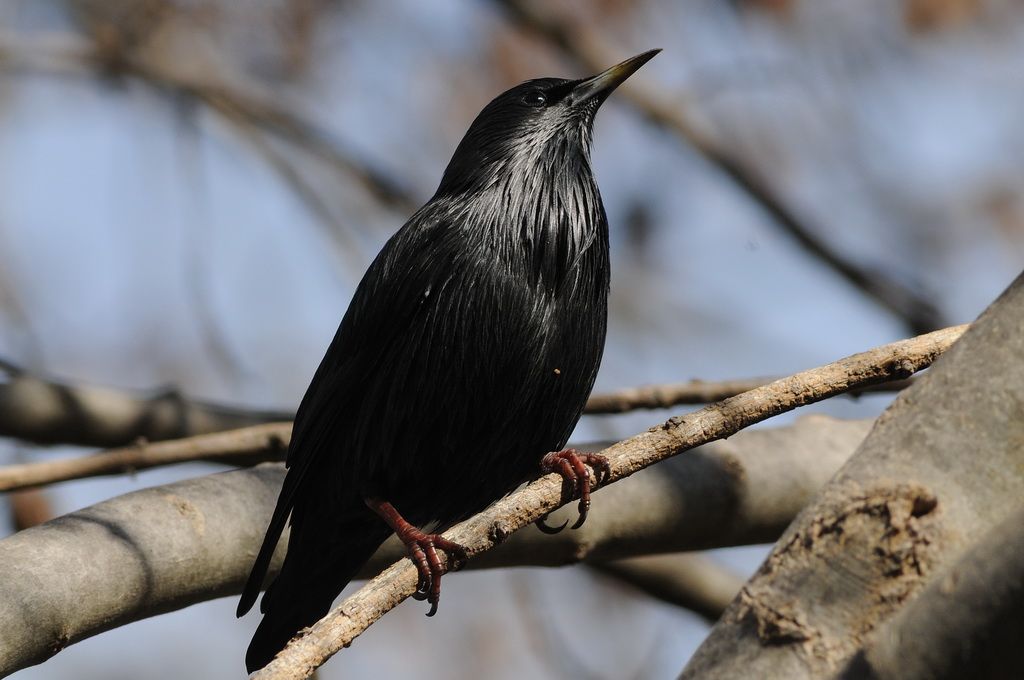
22 September 2024
How many times have you seen a bird and thought, “Oh, it’s just a starling.” Well, in Spain it’s not just a starling, it’s a spotless starling (Sturnus unicolor). We saw this Life Bird nearly every day on the WINGS Spain in Autumn birding tour.
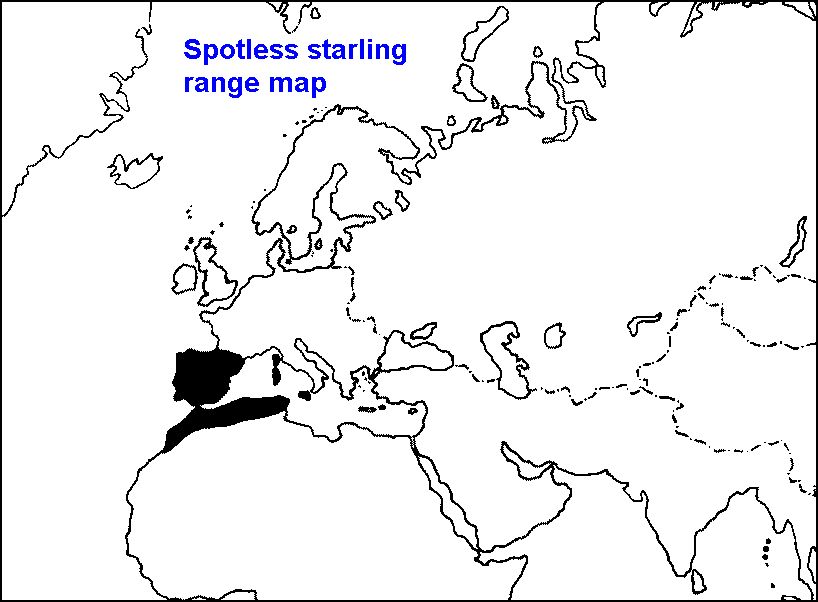
Spotless starlings are very similar to our familiar European (or common) starlings. They sing wiry songs and make scratchy noises. They hang out on wires and squabble with each other. They choose similar nest sites to common starlings and will even nest communally with them. The big difference is that spotless starlings have no spots. They don’t have the “stars” that gave the starling its name.
Spotless starlings look oily black in the breeding season …
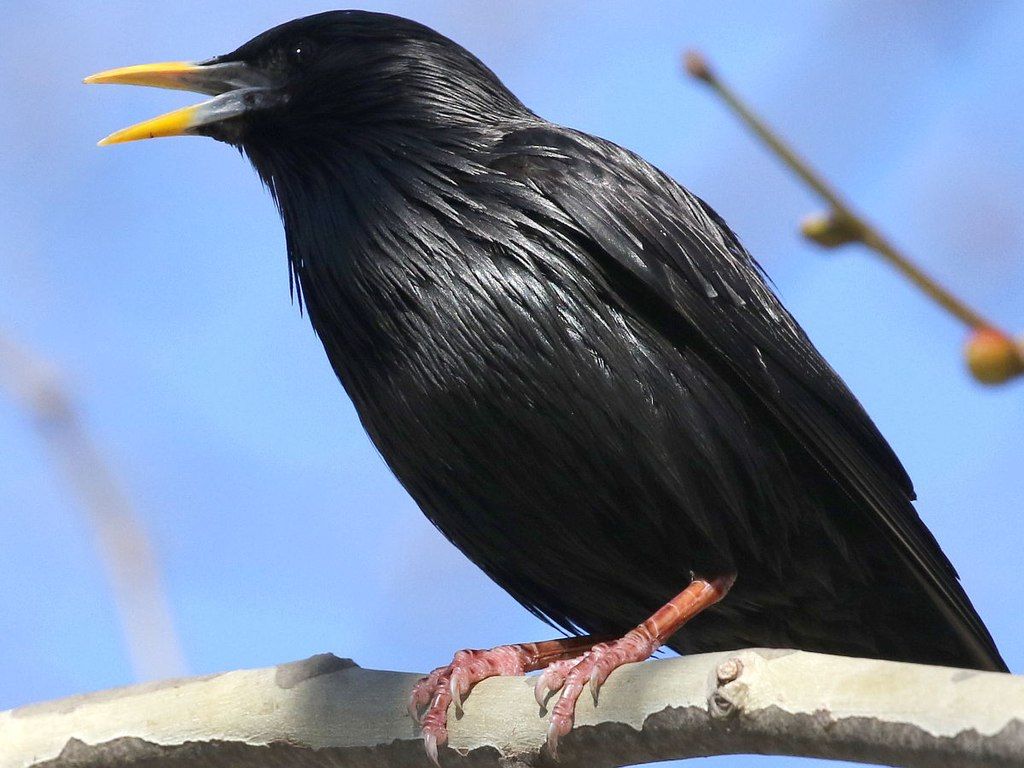
… and very faintly spotted in the non-breeding season.
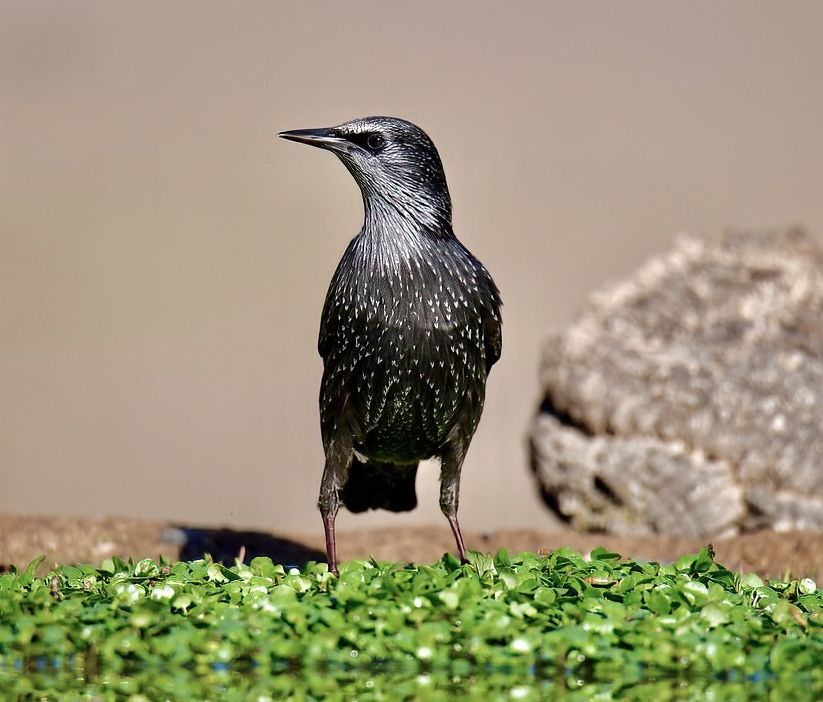
Meanwhile, common or European starlings (Sturnis vulgaris) are spotted all year long and are found around the world because humans introduced them.
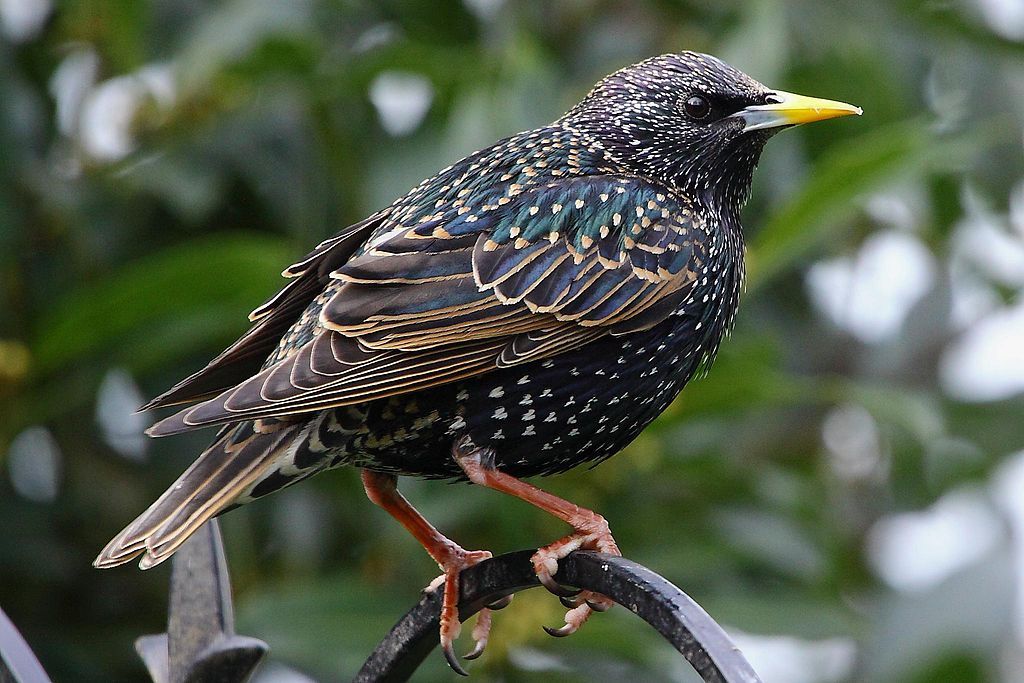
In 2023 a team of scientists used genetics to determine the Global invasion history and native decline of the common starling: insights through genetics. (See map below.) The common starling’s greatest success has been their invasion of North America.

Interestingly, I didn’t see any common starlings in southern Spain though the map says they are there.
We take European starlings for granted because they are common and live close to us. It was hard not to dismiss spotless starlings with the same “ho hum” after I’d seen them many days in a row. 😉
(photos from Wikimedia Commons; click on the captions to see the originals)
Thank you for sharing your adventures with us. The trip looks like it was amazing!
We would watch starlings in our South Florida neighborhood chatter and bicker.
They were also quite fearless!
Thank you for your blog and this post. I wasn’t aware of spotless starlings. Variants of birds are so fascinating.